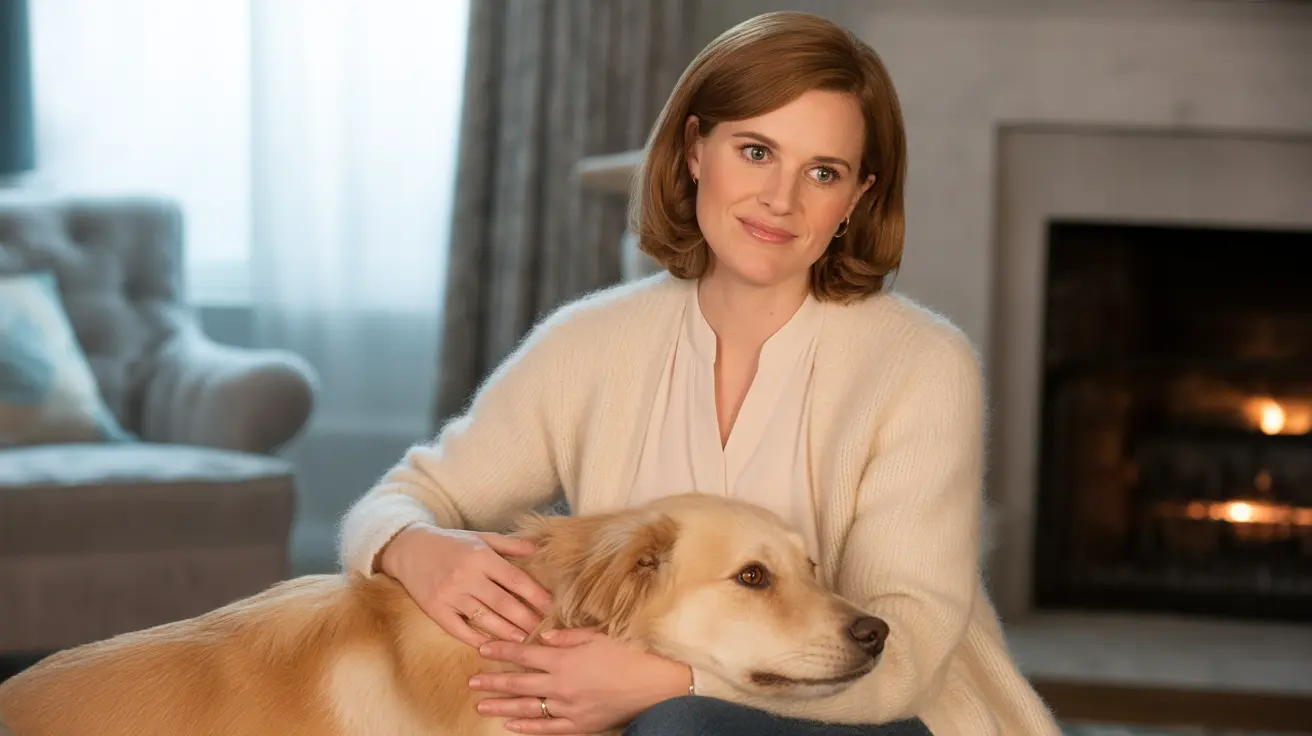Should You Let a Puppy Cry in a Crate at Night? A Guide to Compassionate Crate Training
Crate training is a popular and effective method for managing and training a puppy, but one of the most common dilemmas new pet owners face is whether it’s okay to let a puppy cry in the crate at night. This article explores the proper approach to crate training, with specific focus on nighttime routines, how to handle crying, and how to ensure a safe, comfortable environment for your pet.
Understanding Crate Training
Crate training introduces your dog to a private space they can see as safe, comfortable, and secure. It assists with house training, prevents destructive behavior, and supports safe transport. A properly used crate should never be seen as a punishment but rather as a den where your puppy finds peace and rest.
Why Puppies Cry in the Crate
- Need to Eliminate: Puppies have limited control over their bladders and may cry when they need to relieve themselves.
- Separation Anxiety: New surroundings and being away from littermates can make a puppy feel isolated.
- Loneliness or Boredom: Being alone for extended periods can be stressful for a puppy not yet accustomed to solitude.
- Discomfort or Temperature: Uncomfortable bedding, feeling too hot or cold can also result in whining or crying.
Crate Training at Night: What You Should Do
Successful nighttime crate training requires preparation and patience. Here’s a structured approach:
- Place the crate near you: Position the crate in your bedroom or hallway so your puppy doesn’t feel abandoned.
- Provide comfort: Add a soft bed or blanket to help the crate feel inviting and cozy.
- Prepare for needs: Puppies may need to go out during the night, especially those under six months. Be attentive to signs of elimination needs.
- Stay calm: If the puppy cries, wait a moment to assess. If crying continues and you suspect a real need, calmly take them outside, then return them to the crate.
- Avoid rewarding crying: Don’t let the puppy out just to comfort them emotionally. This reinforces the habit of whining to get attention.
What Not to Do
- Don’t scold: Yelling or punishing a crying puppy can increase fear and damage bonding.
- Don’t ignore cries blindly: Always evaluate why a puppy might be crying. Ignoring genuine physical needs can lead to accidents or health concern.
- Don’t move too fast: Take incremental steps in crate training and allow your puppy time to adjust.
- Never force entry: Forcing a puppy into a crate can traumatize them and make training more difficult.
How to Build Positive Associations
One of the best ways to ensure peaceful crate time is to create a positive association with the crate:
- Feed your puppy meals in the crate.
- Reward them for entering the crate voluntarily.
- Place toys and treats strategically inside to encourage exploration.
- Never use the crate as a form of punishment.
Ideal Crate Duration for Puppies
Crating must be balanced with freedom and socialization. A general rule is one hour per month of age plus one hour, with puppies under six months not left in crates for more than 3–4 hours. Adult dogs can remain crated for up to 4–5 hours at a time during the day, but overnight crating is acceptable with breaks for bathroom needs.
When to Seek Help
If your puppy continues to cry excessively despite a gradual training approach, it may indicate underlying anxiety or a training misstep. In such cases, consulting a veterinarian or certified animal behaviorist is advised for personalized strategies, such as desensitization or counterconditioning.
Conclusion
It’s not inherently wrong for a puppy to cry in a crate at night, but thoughtful attention must be given to the cause. By gently addressing physical needs and consistently reinforcing positive crate experiences, your puppy will gradually accept the crate as a safe haven. Always prioritize patience, positive reinforcement, and routine to foster successful training and a happy pet.





